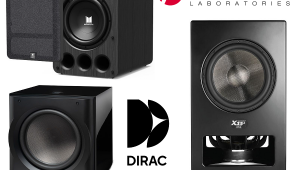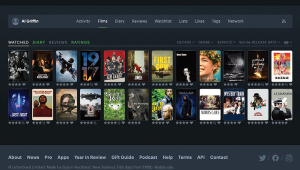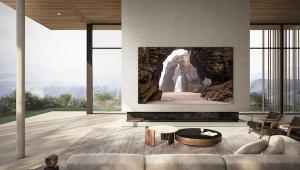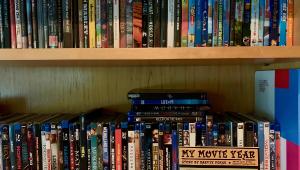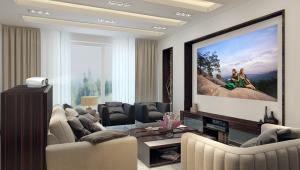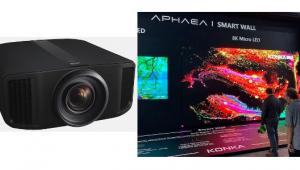The Evolution of Performance
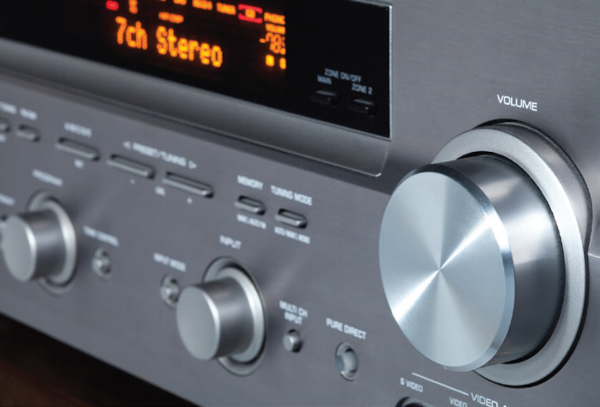
Sometimes technology categories go through “wars.” Recall the clock speed wars for CPUs, and now it’s multicore. Remember the camera megapixel wars? That was followed closely by the optical zoom wars: “Look — another picture of the moon!” How about the inkjet printer DPI wars? With TVs, people wonder if 4K and 8K will lead to 16K, 32K, and beyond.
I’ve been both an observer and a participant in the evolution of audio and AV technology since the days of tube TVs and record players. One thing that strikes me is how highly competent design has become more commonplace in recent years. Gone are the days when you needed to hire an acoustic engineer to ensure that your home speakers didn’t sound like you were playing music in a tin can. Today’s speakers are tuned to such a degree that “decent” sound feels like an understatement.
Similarly, modern TVs and projectors often come with a picture mode or two that come impressively close to fully calibrated settings straight out of the box. This progression toward accuracy is chartable and a verifiable phenomenon across different brands and at all price points.
The Era of Competent Design
Competent design is not just a buzzword — it’s the new reality. Companies have access to advanced
technologies, measurement devices, and algorithms that allow them to fine tune audio and visual performance during the development phase. Sound profiles for active speakers are increasingly accurate.
Digital signal processing (DSP) algorithms have become so advanced that speakers can automatically adapt to room acoustics. Sound calibration, once the domain of sound studios and dedicated home theaters, has become accessible to the masses.
And picture quality among modern TVs and projectors is often well tuned right from the get-go, especially with Dolby Vision-equipped display devices and displays that offer a Filmmaker Mode.
While purists will always champion the need for unparalleled performance, and modern tech does allow for advances in raw performance, there’s a simultaneous explosion in features and functions.
The Balancing Act: Performance vs. Features
So, this begs the question: At what point does performance become “good enough,” allowing focus to shift toward features, functions, and even aesthetics? Answering this question is akin to balancing on a tightrope. On one side, you have die-hard enthusiasts for whom even a minor difference in audio quality is a deal-breaker. On the other side are users for whom the convenience of changing settings via a smartphone app or streaming directly from the device is a significant draw.
Ergonomics and Aesthetics: Unsung Heroes?
A device that offers tactile pleasure and visual allure has its own set of merits. A beautiful and ergonomically designed device can enhance the overall experience in a way that pure performance metrics may not capture.
The Era of Functionality
It’s clear that competent design is becoming a baseline rather than a premium feature. While the importance of performance will never fade, the value proposition is increasingly influenced by a device’s other attributes. Just consider the success of Sonos, it’s not leaning on historical name recognition the same way legacy brands like Bose, Sony, or JBL do. You know of the company because it succeeds by finding the right balance of looks, price, features, and performance for each of its releases and focuses heavily on features and usability.
When shopping for new audio or AV gear, users are justified in considering the complete package — features, functions, ergonomics, and aesthetics — when making their purchasing decisions.
Long Live Measurements
I often read online discussions about the qualities that constitute a good review. Many argue that measurements are indispensable, and they indeed serve an important purpose. But, with specialized testing sites like rtings.com, does it not become redundant to measure the same characteristics? Aside from identifying potential defects, why duplicate the effort? If raw specifications were key selling points for audio gear today, companies like Apple, Bose, and Sonos would publish them. But I won’t hold my breath.



